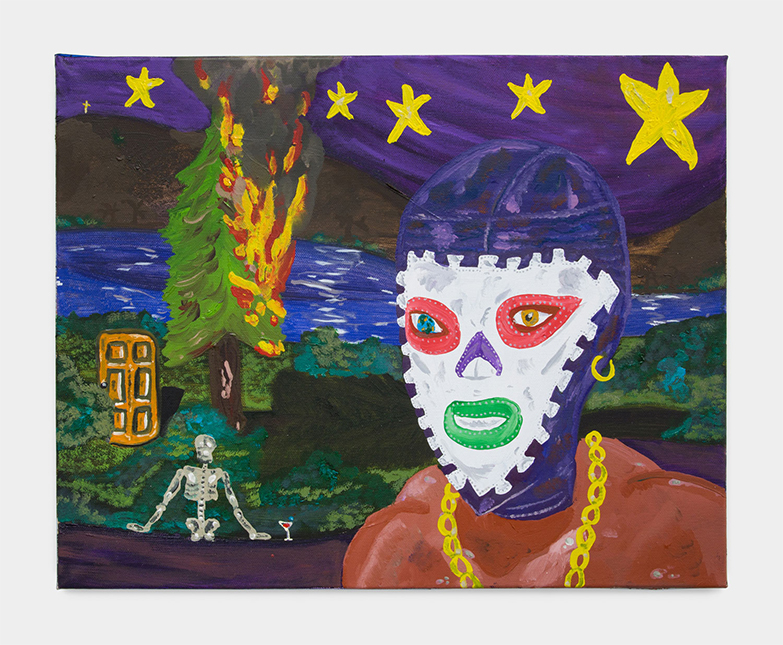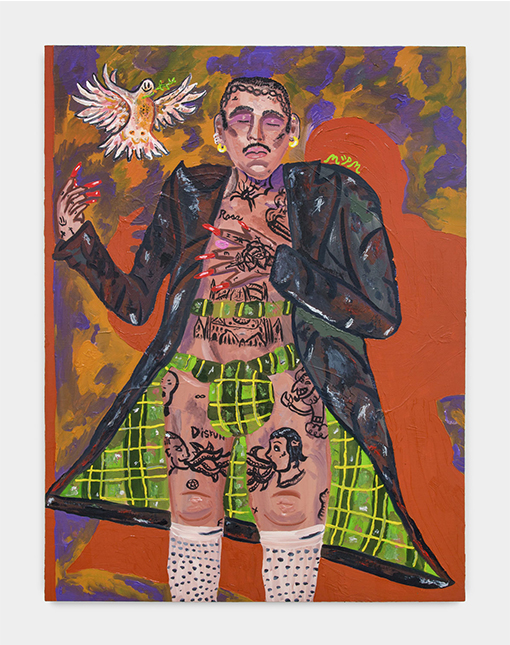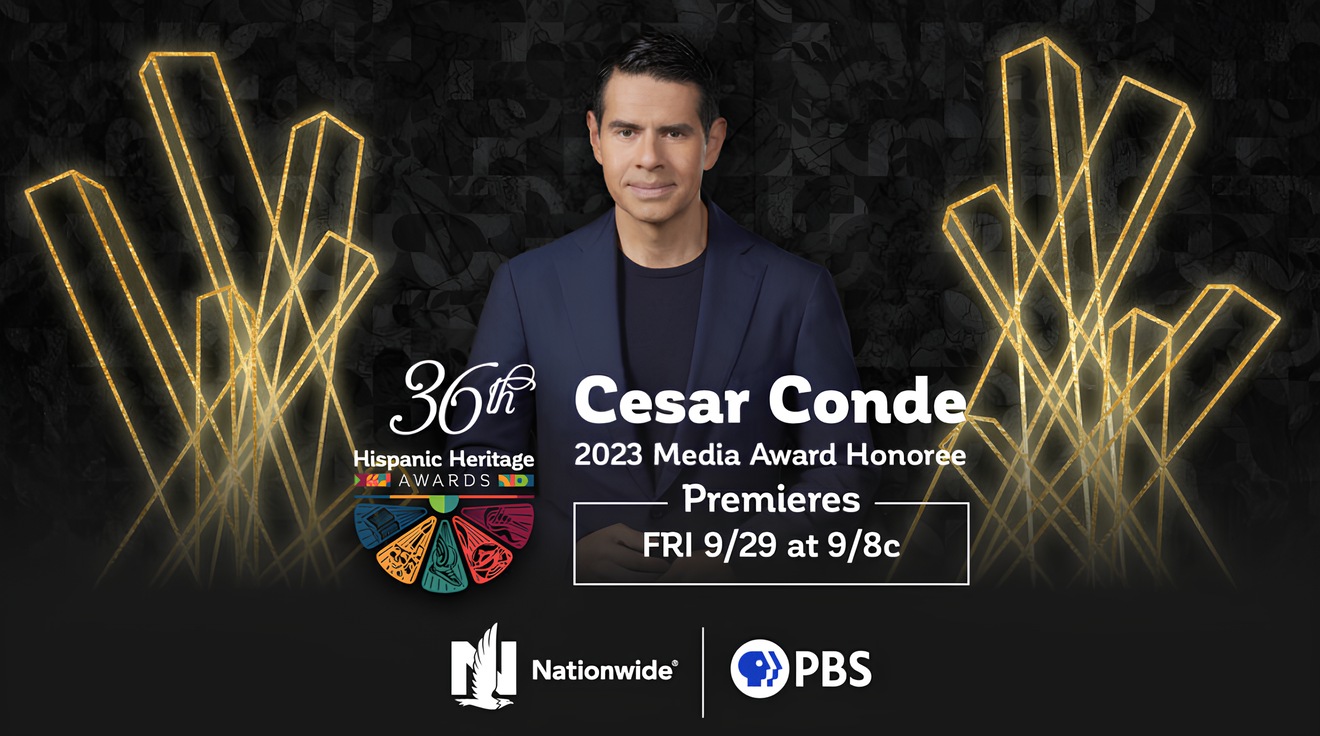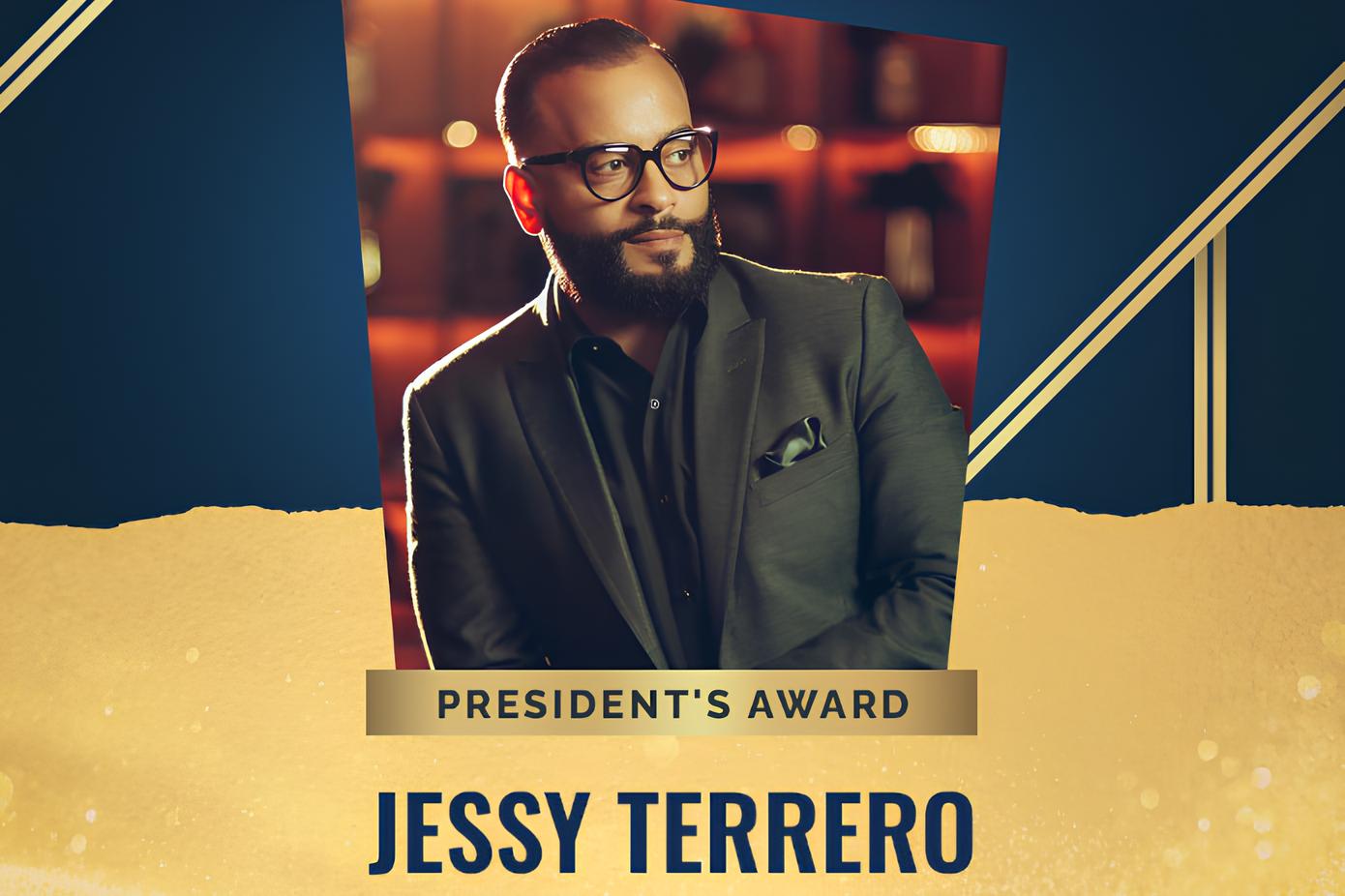
Border Art: Marcel Alcalá's 'kink' surrealism
The Night Gallery of Los Angeles will host the exhibition Solita by the Mexican-American artist until Jan. 16.
Women isolated in impossible landscapes, but whose faces look like masks, with their emotions turned into a caricature of something that borders on the extreme. Non-binary characters whose solitude is so ambiguous that it sometimes seems forced and other times voluntary. An art where COVID-19's cells are served on a tray and there are smiling penises that glow in the dark and daisies that smoke.
In the universe of Los Angeles artist Marcel Alcalá, the symbolic and sexual unconscious is paired with tradition and political and social criticism to reveal a spectrum of impulses and nuances that dance between heritage and experience.

RELATED CONTENT
Non-binary and born to Mexican parents, Alcalá (30) is a master at moving on the aesthetic, cultural and spiritual frontier that borders on pop and Mexican traditions, between the symbols of Santeria — a family legacy — and the nods and references to Frida Kahlo, the Huichol arts, Fauvism and reality television. At the same time, they question all the oppressions that surround their double or even triple identity, as a queer, a Latinx, and a North American.

Until Jan. 16, Los Angeles' Night Gallery will host its first solo exhibition of Alcalá's work, Solita, which includes works by Alcalá produced during quarantine, and in which surrealism, political art and the most ludicrous irony make up the magma of an artist who has made borders their artistic home.
This is how Marcel Alcalá explains their work and the different shades of identity that fly over it:
"I come from a history of border culture and as a queer person of color, I use art to explore very real concepts that effect our everyday lives: ideas about the “American dream,” the history of western expansions, and how Christianity affected indigenous beliefs, for example around gender. I too participate in the system I criticize, and there is something important in that notion. Being a Mexican-American is to be someone influenced by both aspects of capitalist and socialist rhetoric, so I choose to combine ancient and new techniques to make work that critiques heteronormative structures. Structures meant to tear down people like myself. My body speaks, through performance and writing I can talk directly to the audience, creating custom outfits that become stand alone works by themselves post-performance. I attribute a lot of my aesthetic to my families religion Santeria, a pantheistic Afro-Cuban religion developed from the beliefs and customs of the Yoruba people that incorporate some elements of the Catholic religion. Mud, pieces of animals, plastics, my personal hair; it is in these objects that speak to my spirituality that is almost a form of shamanic expression. I am a teacher. Whether it is learned through my oil pastel drawings, sculptures, or performances, my focus is to give out important information to a public that may not know whats going on south of the border and in my own backyard. Creation is self identification. My goal currently has been to teach others about identities like mine and it’s place in art historical discourse. How can my voice be accessible to a larger audience outside of the Americas and how can I learn from others not like me."











LEAVE A COMMENT:
Join the discussion! Leave a comment.